Of the population of the Lake Baroon catchment area, those not on town reticulated sewerage use on-site systems to treat their household waste. Leaking, overflowing or poorly performing septic tanks can pollute groundwater and/or waterways. It is important to ensure that your septic system is functioning correctly.
1. Feeding your waste water system
- Do not add toxic and hazardous chemicals, such as paints, pesticides, strong disinfectants or caustic substances that will destroy the bacteria that are essential for digestion of the waste.
- Use biodegradable, low phosphate and low sodium cleaning products and washing powders.
- Do not add items that will not degrade easily, such as plastics, litter, sanitary napkins, paper towels and condoms.
- Minimise grease and fats: a grease trap must be installed to catch discharges from the kitchen to prevent blockages in the system.
- Keep out excess water eg use dual flush toilets, reduce water pressure, use low flow shower heads and taps.
2. Maintenance
- Clean your grease trap regularly.
- Septic tanks should be pumped out every 3-5 years, with inspections every two years advised.
- Ensure there are no cracks or leaks in pipes or the tank itself.
- After it has been pumped out, fill the tank with clean water, add a handful of lime to prevent odours and increase pH, which encourages bacterial growth.
- Ensure lids and inspection openings are above ground level, free of cracks, properly sealed and easily accessible.
- Ensure vents are mosquito proof.
3. Disposal area
- Do not plant trees on the trench as the roots will clog up the trench. Grass is the best to remove excess water. Do not cover trench with a hard surface.
- Divert runoff water away from the trench.
- Keep an alternate disposal area available to allow the soil to rest.
- Do not drive vehicles over disposal area or allow animals to graze on this area.

